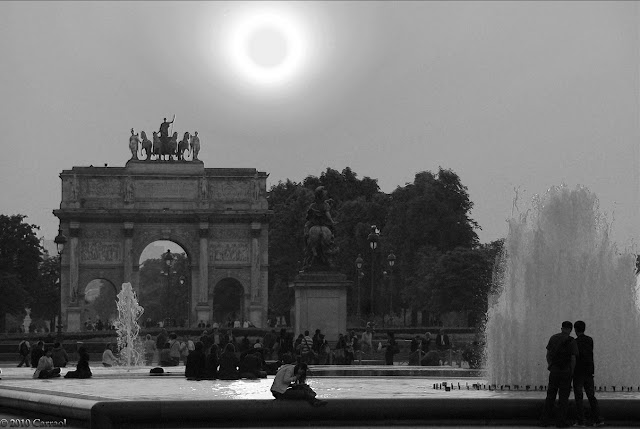 |
| Street Performers |
 |
| Avenue de l'Opéra |
 |
| Place Saint Michel |
 |
| Place du Pont Neuf |
 |
| Rivière by Aristide Maillol 1943 |
 |
| Jardin des Tuileries |
Jardin des Tuileries, Concorde
In the West. Place du Carrousel Jardin des Tuileries stretches over a length of 920 m and a width of 325 m to the Place de la Concorde, between rue de Rivoli and the Quai des Tuileries. Its area is 25.5 hectares.
The eastern and Carrousel gardens, between the two galleries of the Louvre, was founded in 1889 on the site of the former garden of Le Notre, buried under the rubble of the Tuileries Palace. We are created in 1964-1965 a "outdoor museum" containing 19 * bronze statues of the sculptor Aristide Maillol Roussillon (18611944) in N. Lawn, Action chained, River, Night, the Mediterranean, Homage to Cezanne, Venus, Pomona, the dregs of France, draped Bather; in S. Lawn, nymphs, the Monument in Port-Vendres, Air, Summer, Flora, the Bather with arms raised , Pain, Mountain (donation Dina Viemy).
The old part of the Tuileries, between the Avenue du General Lemonnier and the Concorde, is surrounded by gates.
music+image New York, Washington, Paris, Vienna, Eisenstadt, Venice, Firenze and Rome series try to continue in Sketches of Cities. (At Least Once A Week) Gracias por su visita. / Thanks for visiting, please be sure that I read each and every one of your kind comments and I appreciate them all.

































































